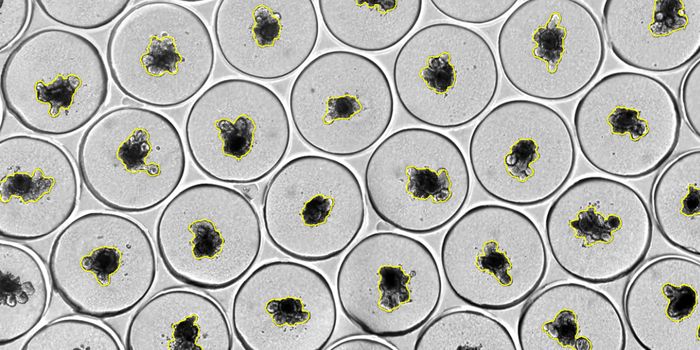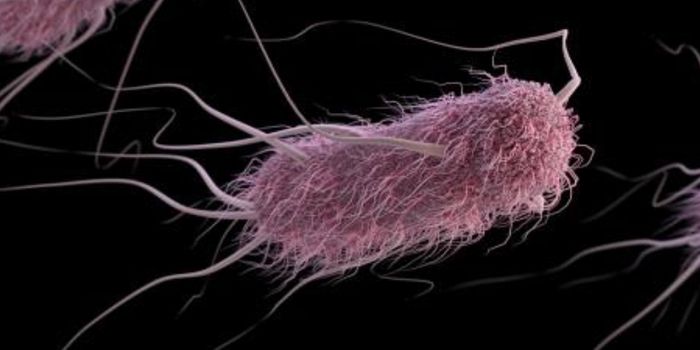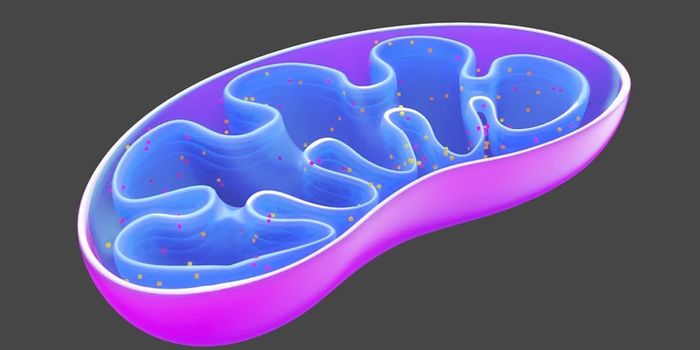Mechanism Linking Neurodegeneration & Brain Injury May Open Treatment Options
Studies have shown that there is a link between blows to the head and neurodegeneration. Repeated head trauma is associated with a progressive disorder known as chronic traumatic encephalopathy (CTE). Post-mortem examinations of brain tissue from patients with CTE have indicated that there are aberrant levels of a molecule called TDP-43 in that tissue; this molecule has also been connected to neurological disorders like Alzheimer's and ALS. Researchers may have now revealed a mechanism that explains why traumatic brain injury causes neurodegenerative disease. These findings, which relied on data from animal models and human brain tissue, have been reported in eLife.
"Although TDP-43 is a known indicator of neurodegeneration, it was not clear how repeated trauma promotes the build-up of TDP-43 in the brain," said first study author Eric Anderson, a postdoctoral researcher at the Department of Pediatrics at the University of Pittsburgh. "We have shown that repetitive brain trauma in fruit flies leads to a build-up of TDP-43. In this study, we measured the changes of proteins in the fruit fly brain post-injury to identify the molecular pathways that cause this."
The researchers assessed 2,000 proteins to reveal 361 that change significantly when an injury happens, including some molecules called nuceloporins (Nups). In both larval and adult fruit flies, Nup levels were abnormally high after injury. The researchers found that the distribution of Nup molecules was also disrupted in fruit fly nerve cord cells after brain trauma. Nups help compose the nuclear pore complex (NPC), which moves cargo around the cell. An enzyme that helps transport molecules was also disrupted in brains after injury, which all seems to alter the movement of cargo in and out of the nucleus of the cell.
The researchers engineered fruit flies to generate levels of Nups that were too high, and they looked for the fruit fly analog of TDP-43, which is called Tbph. The work showed that as Nup levels went up, so did Tbph deposits. High Nup levels also caused other problems for the fruit flies, inclduing disruptions in motor function. In the fly model, when Nup levels were reduced after an injury, their motor function improved and their lifespans lengthened.
The researchers were able to confirm that a protein called Nup62 was abnormally elevated in human brain tissue after injury. Nup62 deposits were also found in the wrong places in patients with mild and severe CTE, but not in healthy individuals. Nup62 aggregation appeared to be correlated with disease severity; the worse the buildup, the more severe the disease. This research was recapitulated in a rat model as well.
It may one day be possible to target Nups as a treatment for brain injury.
"Our study reveals that traumatic brain injury can disrupt nuclear transport machinery of the cells, which plays an essential role in normal cell functions such as communication," concluded the senior author Udai Pandey, an associate professor of pediatrics, human genetics, and neurology at the University of Pittsburgh School of Medicine. "This suggests that the accumulation of neurodegenerative hallmark proteins caused by injury begins with these nuclear transport defects and that targeting these defects could be a strategy for preventing trauma-induced neurological disorders."
Sources: AAAS/Eurekalert! via eLife Sciences, eLife









